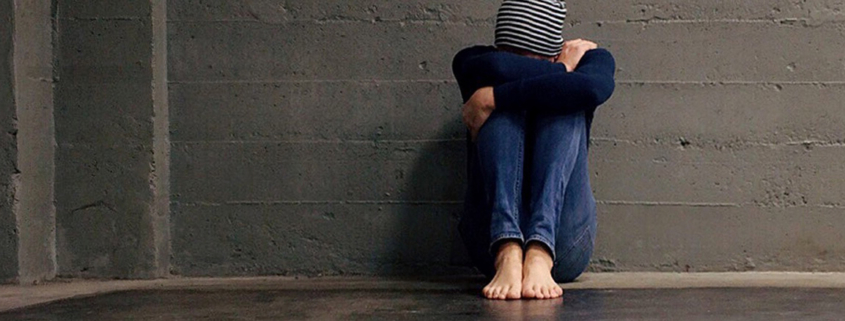ISSUE
Abuse, neglect, mistreatment, exploitation, and maltreatment (collectively, “mistreatment”) of people with intellectual and/or developmental disabilities is all too common. Mistreatment often occurs where people are isolated.
Individuals living outside the family home, regardless of the size or location of the residence, are vulnerable to mistreatment.
Some families lack knowledge or access to appropriate professional or informal supports and services that would help them care for their family members appropriately. A few may, as a result, mistreat their family members. Many more families lack the support they need to help them protect their members from mistreatment by others. When families believe mistreatment has occurred, they often do not have the support to ensure an effective investigation or forceful prosecution after the finding of probable cause.
Federal and state laws may in fact be insufficient for this purpose. Ineffective professional practices among child and adult protective service agencies may add to the problem. Emergency responders and other professionals such as police, emergency room, and protective service workers need to be educated as to how to assist people with intellectual and/or developmental disabilities to be safe without violating their rights. Finally, individuals with intellectual and/or developmental disabilities may not have received any, much less enough, training on how to protect themselves from or report mistreatment.
POSITION
Protection of all people with intellectual and/or developmental disabilities from mistreatment is a core concept of public policy in the United States and an ethical obligation of anyone involved in their lives. The efforts to keep people safe from mistreatment should be balanced with the dignity of risk.
All people with intellectual and/or developmental disabilities should receive training, in ways they can understand, on their rights to exercise their human and civil rights and to be free of mistreatment. They should also learn about the nature of mistreatment and its likely sources. They should know how to avoid it, report it to the appropriate authorities, and give credible proof that it has occurred.
Whenever children or adults with intellectual and/or developmental disabilities are removed from their families’ homes to protect them from mistreatment, they should be placed in small homes, integrated into the community, and not in institutions. Putting people with intellectual and/or developmental disabilities in segregated settings is not an effective way to keep them safe. One of the best protections people with intellectual and/or developmental disabilities can have is a wide, involved network of contacts and relationships and a consistent visible presence in their community.
Children
The law and culture in our country presumes that the birth, adoptive, or foster family is the best source of protection from harm for a child. To assure that families can indeed protect their children, the following should be both available and easy to access:
- Family support systems, services, and funding;
- Groups that provide information, referral, and direct services to parents and other family members; and
- Advocacy, law enforcement, and judicial systems that ensure effective investigation and forceful prosecution of suspects.
If the family is unable to protect its child for any reason, then federal, state, and local child protection systems, services, and funding should be available, accessible, appropriate, affordable, and accountable to the child and, as appropriate, the family.
Whenever a federal, state, or local government agency acts to protect a child, it must do so in ways that are least intrusive into the child’s and family’s rights to privacy. These entities must protect children from abuse.
Adults
The best protection for an adult needing such assistance usually comes from the person’s family, community, and friends. However, when necessary, adult protective agencies or advocacy groups should also provide the needed services. As with children, the full force of the law should be applied to protect the individual from mistreatment. The law, as applied, should recognize the right of all adults to make and follow through on choices that do not put their own physical, emotional, mental, and financial well-being at great risk.
Rev’d 2015
Joint statement with the American Association on Intellectual and Developmental Disabilities (AAIDD).
1Intellectual Disability (ID) is a lifelong condition where significant limitations in both intellectual functioning and adaptive behavior emerge during the developmental period (before adulthood).
Developmental Disabilities (DD), first defined in 1975 federal legislation now known as “The DD Act”, are a group of lifelong conditions that emerge during the developmental period and result in some level of functional limitation in learning, language, communication, cognition, behavior, socialization, or mobility.
The most common DD conditions are intellectual disability, Down syndrome, autism, cerebral palsy, spina bifida, fetal alcohol syndrome, and fragile X syndrome.
The acronym “IDD” is used to describe a group that includes either people with both ID and another DD or a group that includes people with ID or another DD. The supports that people with IDD need to meet their goals vary in intensity from intermittent to pervasive.








